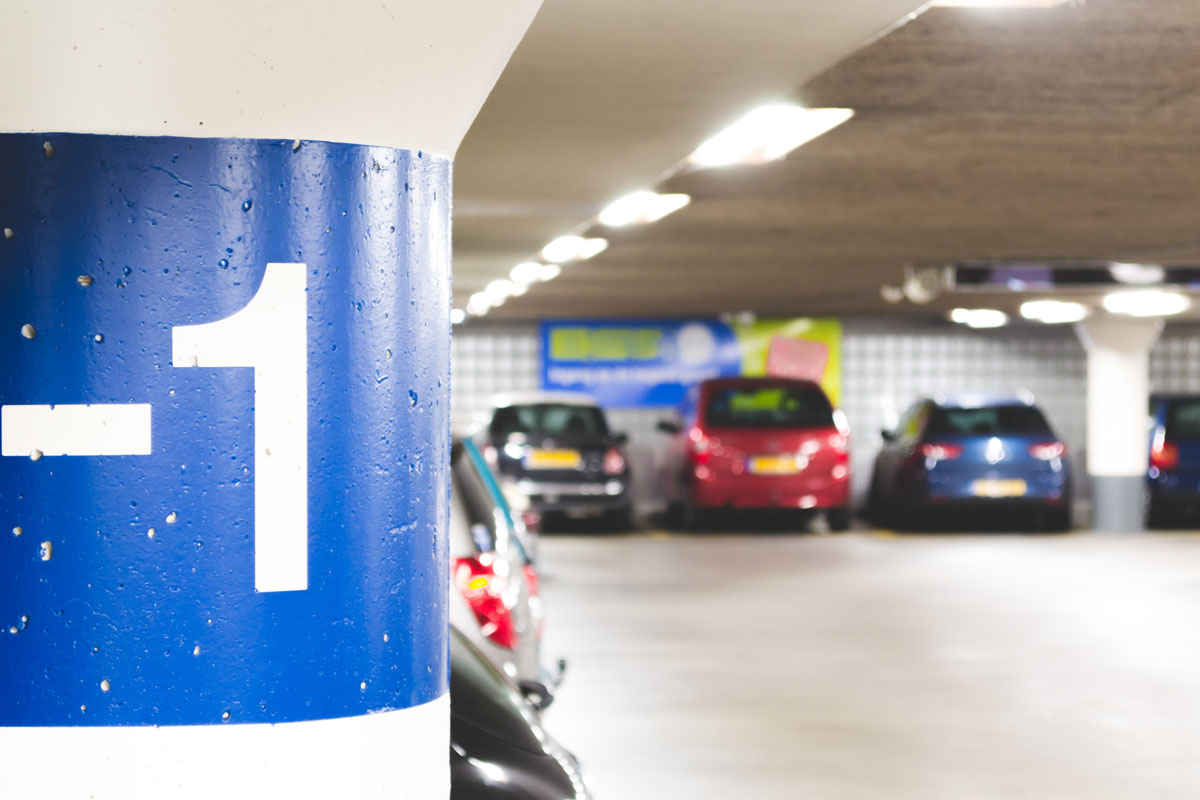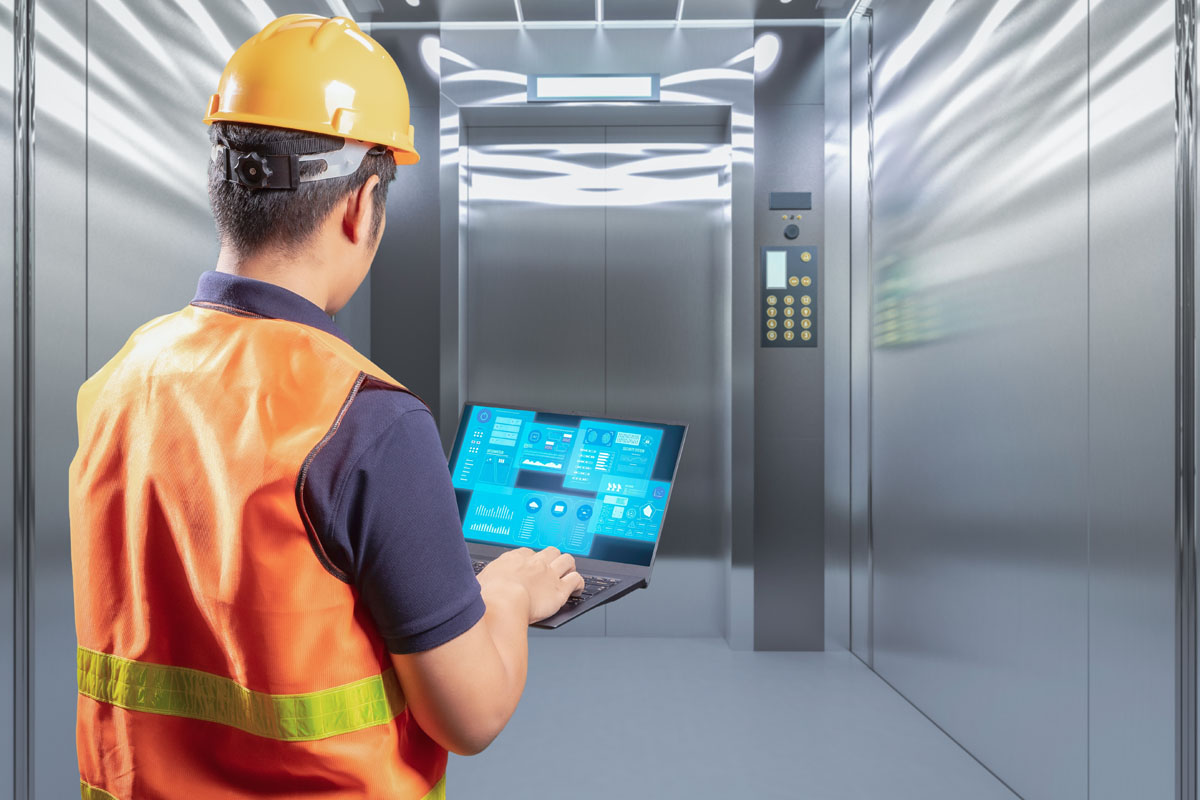Major benefits of deploying IoT data

Hakan Akkurt
Business DeveloperThe use of the Internet of Things (IoT) to improve processes in the outdoor space has entered a new phase. I notice that more and more organizations in the public domain are actively thinking about what you can do with sensor data. This goes a step beyond the question 'how can we collect as much data as possible?' IoT can improve virtually any work process that takes place outside. In this blog, I outline some innovations that are already in development or will become possible in the near future.
Ambulance coming, traffic light on red
Everyone at the intersection is standing still. You wonder why. Then an ambulance flies across the intersection from the other direction. A good two seconds later, you get the green light.
Determining the location of a vehicle is not a thing of the future; it has been possible for years. But down to the millimeter and millisecond, that's not easy in practice. The Joint Police Control Room in The Hague is working on it. On a trial basis, the location of the ambulance there is transmitted 100 times per second to a location server. By determining the position of an ambulance so accurately, it becomes possible to automatically set the correct traffic lights to red or green. Read: on time, but not so early that traffic is jammed unnecessarily.
Diversion based on parking garage data
You drive into a city and in a suburb you are already warned by a matrix sign: all parking garages in the center are full, park nearby and take the bus to the center. Music from the near future. Using entry and exit data from parking garages, municipalities know exactly how full parking garages are. This offers lots of opportunities to come up with smart solutions to keep crowds manageable during events or other peak days. A real-time digital twin on which you can see at a glance whether you need to divert new visitors, for example.
Text continues below image.

Bikes with sensors
The deployment of bikes with sensors is happening in several places around the country. The most well-known example is the initiative Snuffelfiets, a project that uses sensors to measure CO2 emissions in the province of Utrecht. Combine this data with other available data and you can take your data-driven decisions to the next level. For example: the CO2 emissions at a busy intersection. This is high during rush hour because many cars are stopped at the traffic lights. From your policy you can then critically examine which strings you can pull yourself. Possibly you can have buses detour to reduce congestion?
What advantages does the deployment of Internet of Things offer?
The three examples above are just a few possibilities that provide IoT data with a practical purpose. Looking overarchingly at the use of sensor data, I recognize a number of recurring benefits:
- You increase employee and customer satisfaction (without additional actions);
- You can do more with the same resources (from the idea: almost all devices are already equipped with a sensor);
- You can do more with less staff (reducing false alarms);
Advantage 1: satisfied customers and employees
You all do your work in the end for your customer, whether it is a citizen, a traveler or an entrepreneur. Satisfied employees also ensure satisfied customers. Using sensor data, you can achieve both goals. Imagine that in the future you will no longer have to stand in a traffic jam or drive three laps through the city center before you see the sign P=full. Then that will help you yourself as a citizen. And if your employees have to do less repetitive work that you can automate with the help of smart sensor use, it will certainly improve their job happiness.
Text continues below image.

Advantage 2: do more with the same resources
To take advantage of the capabilities of IoT, you don't have to place a giant order with your hardware vendor. Lots of devices already come with a sensor as well as an Internet connection. Many IoT projects extract value from already existing data sources. So you get more value out of the same resources. The example with parking garage sensors is an example of this: after all, the data is already being generated.
Advantage 3: do more with less staff
All elevators at Dutch railway stations are equipped with a sensor that alerts station managers in case of a breakdown. This project has a lot to worry about and is still under development. But: once the rollout is final, therefore, no one will ever have to go on a trial-and-error basis to find out if an elevator is defective. That can be enormously cost-saving, ensure a quicker solution and therefore more satisfied travelers.



.png)